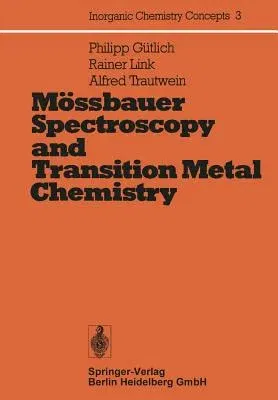P Gütlich
(Author)Mössbauer Spectroscopy and Transition Metal Chemistry (Softcover Reprint of the Original 1st 1978)Paperback - Softcover Reprint of the Original 1st 1978, 3 October 2013

Qty
1
Turbo
Ships in 2 - 3 days
In Stock
Free Delivery
Cash on Delivery
15 Days
Free Returns
Secure Checkout
Part of Series
Inorganic Chemistry Concepts
Print Length
282 pages
Language
English
Publisher
Springer
Date Published
3 Oct 2013
ISBN-10
3662125471
ISBN-13
9783662125472
Description
Product Details
Authors:
Book Edition:
Softcover Reprint of the Original 1st 1978
Book Format:
Paperback
Country of Origin:
NL
Date Published:
3 October 2013
Dimensions:
24.41 x
16.99 x
1.57 cm
ISBN-10:
3662125471
ISBN-13:
9783662125472
Language:
English
Location:
Berlin, Heidelberg
Pages:
282
Publisher:
Series:
Weight:
476.27 gm

